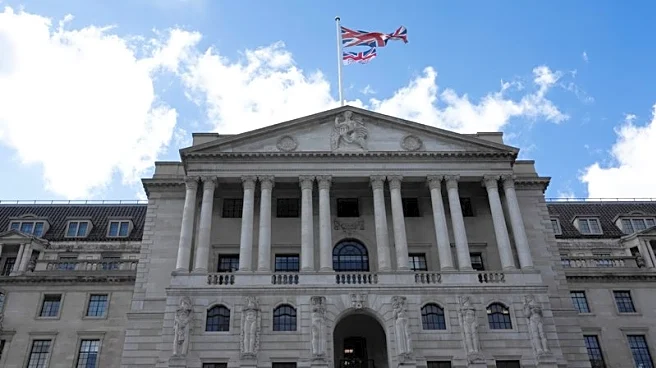What's Happening?
The Department for Business and Trade (DBT) has reported a significant decline in brick deliveries, indicating a continued weak demand in the housebuilding sector. In August, brick deliveries fell by 5.2% compared to the same month in 2024 and by 3.3% from July. This trend raises concerns about the recovery of the housebuilding market, which has been sluggish since the peak activity period in 2022. During that time, the market was buoyed by initiatives like Help to Buy and a stamp duty holiday. However, current conditions lack similar support, leading to a 25% decrease in brick deliveries year-to-date compared to 2022. Despite a slight increase in concrete block deliveries, other materials like sand, gravel, and ready-mixed concrete have seen declines in sales.
Why It's Important?
The decline in brick deliveries is a critical indicator of the health of the housebuilding sector, which is a significant component of the construction industry. A weak demand in this sector can have broader economic implications, affecting employment, supply chains, and related industries. The lack of supportive measures, such as those seen in 2022, suggests that the market may struggle to recover without intervention. This situation could lead to reduced investment in housing projects, impacting economic growth and housing availability. The construction industry, already facing challenges, may see further strain if the demand does not pick up.
What's Next?
The Bank of England has noted that while construction activity remains down compared to last year, there are signs that public projects and housing investments could support a modest growth return in 2026. Stakeholders in the construction industry may need to advocate for policy measures that can stimulate demand, such as tax incentives or government-backed housing programs. Monitoring the market for any policy changes or economic shifts will be crucial for industry players.











